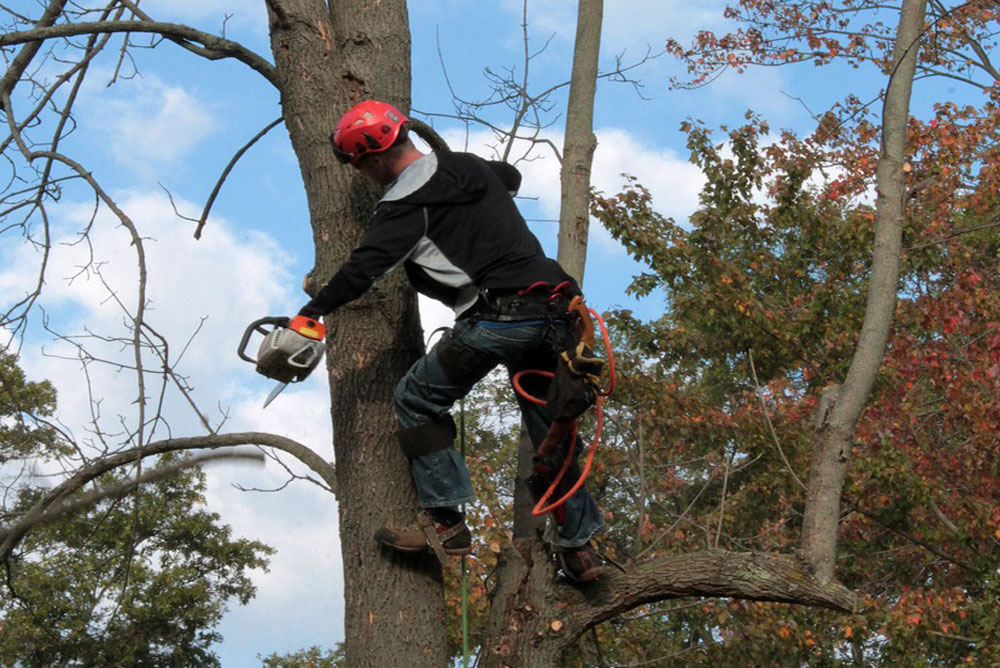It may be that the career path you chose after high school does not suit you. As a result, you’re working in a job that has become a chore for you that doesn’t fulfill you. However, it is possible to combine passion and work. If you are passionate about plants and trees, you can become a tree pruner. Here are the parameters to take into account to become one.
The Functions of a Pruner-Climber
He is a specialist in pruning, bracing, and felling trees using ropes and pruning tools. He can also perform inspection, diagnosis, tree dismantling, insect nest destruction and/or pheromone trap installation tasks.
Required Skills
In addition to having a passion for ornamental trees, you must meet a few requirements to make this your profession. First of all, you need to be in excellent physical condition, as you will be climbing trees throughout the job. Secondly, you must be familiar with the materials to be used and be aware of the safety regulations in the site’s management. And finally, you must have basic knowledge of plant biology, botany, physiology, and pathologies of trees.
The Local Training to Follow
To acquire these skills, it is mandatory to follow professional training. You need at least a D.E.P. (Diploma of Professional Studies) in arboriculture and pruning to be hired as a tree pruner in Canada. You need 8 months with a 2 weeks internship included for the practice to obtain it. You can benefit from polyvalent training thanks to various courses such as the rules of safety at work, health, structure and function of trees, the service of grubbing, the clearing of a building site, the specificity of trees in urban spaces, the maintenance of materials, the application of fertilizers and amendments, pruning techniques, tree transplanting, identification of abnormal trees, plant maintenance, shoring techniques, proper care of tree diseases, the importance of pesticides, tree felling, clearing of overhead networks around trees, and work-related communication techniques.

Foreign Training and Certificates
Professional retraining requires significant investments. If you wish to deepen your knowledge in tree pruning, it is recommended to take training courses abroad. There is a long non-degree course of 6 to 8 months in France, but recognized at the national level where you will obtain a certificate of specialization “Pruning and care of trees – tree pruner” at the end.
Even if this certificate is not valid outside of France, the experience you gain will be very beneficial, as there is more practice than theory. You can do internships and odd jobs after that. Afterward, you can access the VAE, which requires at least one year of experience, justified by a title, a diploma, or a certificate.
The accumulation of the 8 months in Canada, the 8 months in France, and the different internships will allow you to pass this validation. The advice of a professional arborist can also be sought as part of your continuing education.
Back in Canada, you can visit the ARBORICULTURE ARBO-SCAPE website from time to time to see the job offers available if you wish to join a professional team. After 3 years of proven experience, you can enroll in the ISA (International Society of Arboriculture) certification program to obtain an internationally recognized certification. To get it, you will have to pass a written exam with 200 multiple choice questions on arboriculture with at least 76% correct answers.



